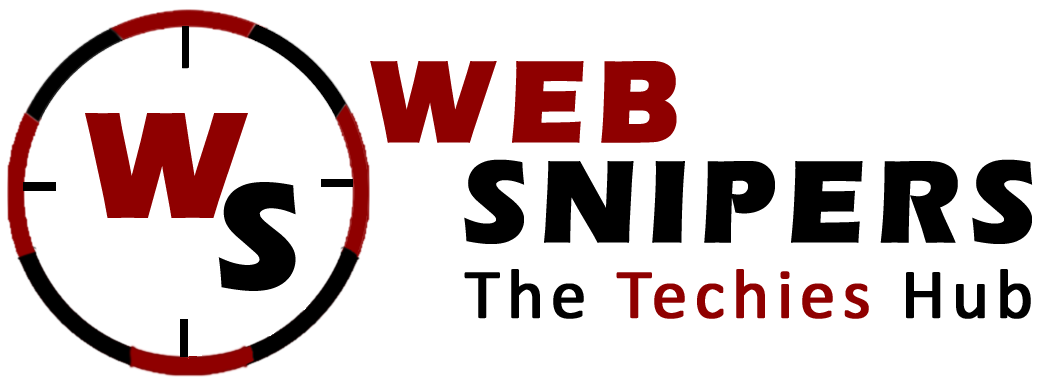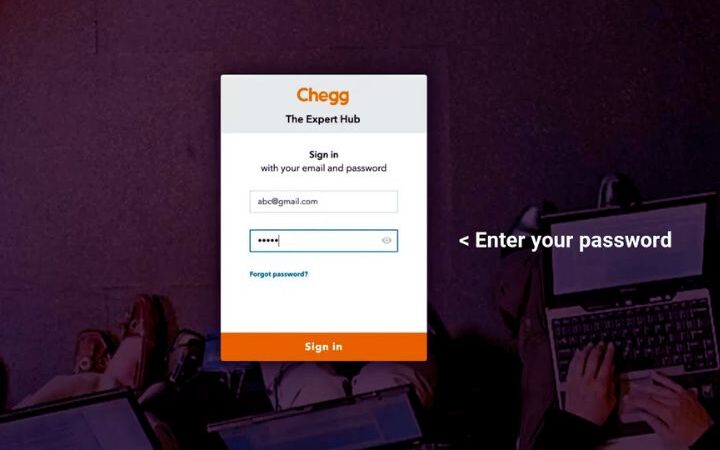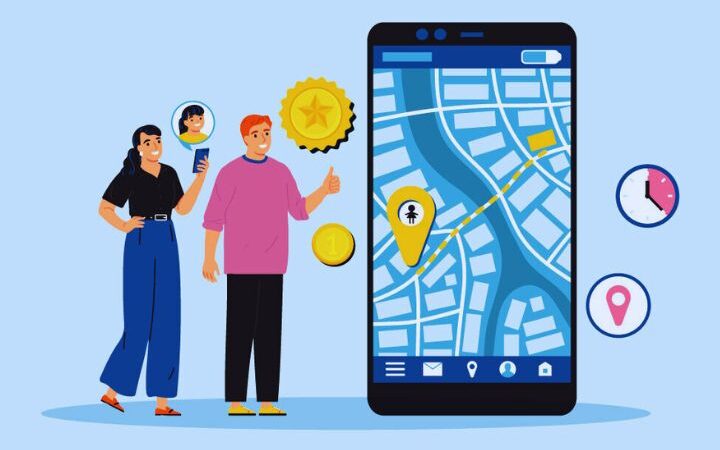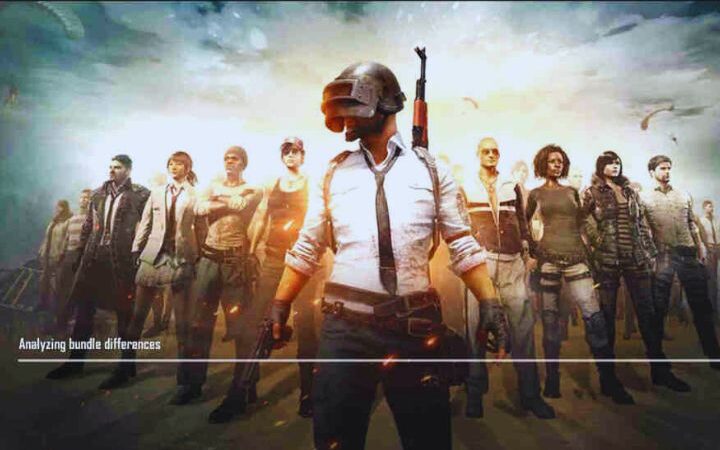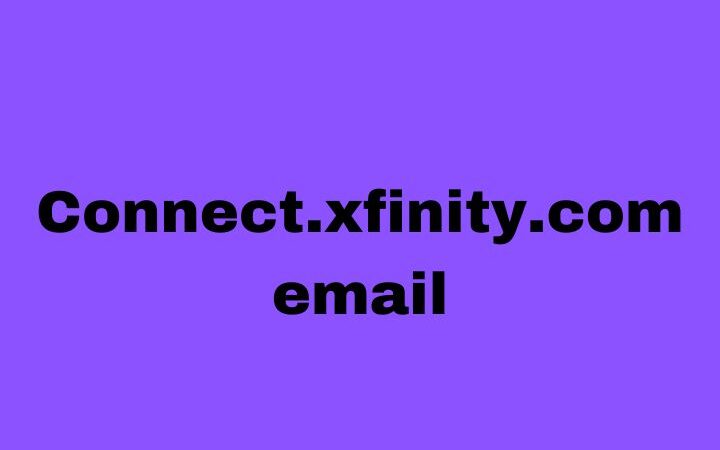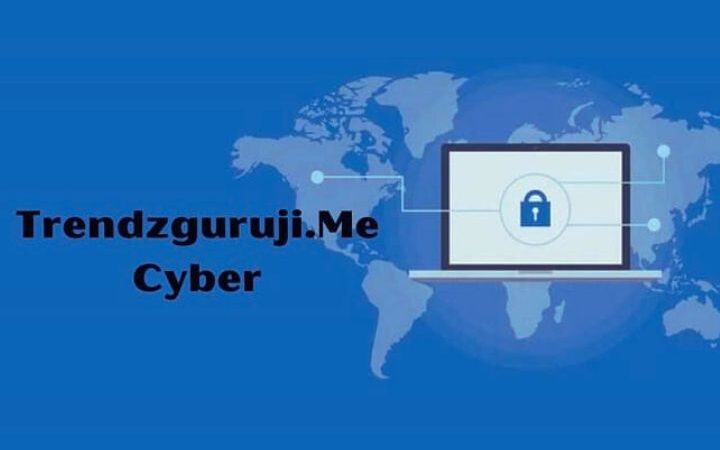How To Choose The Best eReader?
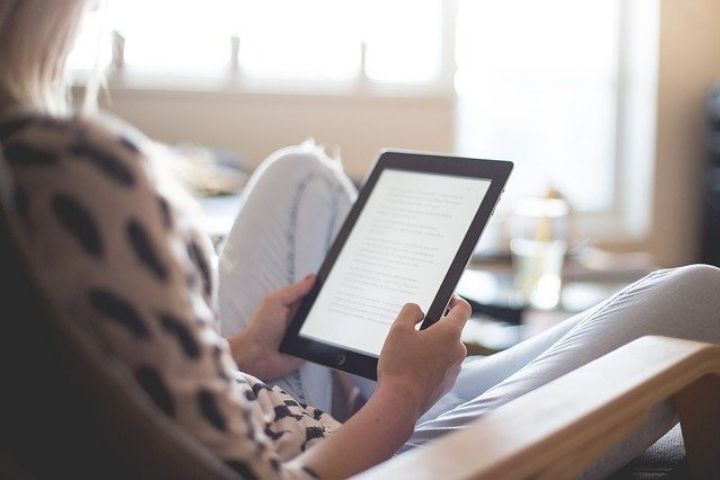
The eReader has important advantages over paper and is the ideal option to give (and give yourself) to any lover of reading. Reading on an eReader is much more enjoyable than you might imagine: virtual dictionaries, underlines, picking up where you left off and hundreds of eBooks at your fingertips without carrying weight.
You can store approximately 3,000 books on a 4GB. Being able to carry a whole library with electronic books is much easier, without folded pages or carrying extra weight, it is a great alternative. Take your favourite books anywhere, review those mythical passages and always with the comfort of a thin and light screen.
The eBook library contains countless titles without missing any of the classics, and certainly not any of the new releases. In addition to being a much more sustainable option with the environment, we can avoid generating waste. But it is important to know how to find the right eReader for each type of reader, since not all of them are based on electronic ink. Choosing the best eReader is very easy, in this article you will find how to choose the best eReader by following these tips.
Table of Contents
For Reading Digital Books
EReaders are the best alternative for reading digital thanks to their digital ink and gradation in grayscale. But if you are only going to read digital magazines and comics, you should bet on a tablet, as it will display the images in full colour. Before continuing, a small clarification should be made.
The eReader market is vast. There are even dozens of tactile models with shock resistance. While reading on the smartphone screen is an alternative, it will always be more uncomfortable than doing it on the large screen of an electronic reader, designed for this purpose and equipped with the appropriate tools – for example, buttons for page or chapter break.
Storage And Connectivity
If your favourite book is in an unsupported format, we can always switch from one format to another using third-party software, using applications such as Caliber, compatible with Windows, macOS and Linux. That is why our ideal eReader must attend to two key points: the associated services and the connection possibilities. The first point is, we talk about the stores, book catalogue or even subscription services that some firms usually incorporate.
And the second point is, we refer to the possibility of connecting to a Wi-Fi network. Many EReaders incorporate their own browser, so that we can access web pages, although its function is generally limited to the connection with the aforementioned digital stores. An eReader equipped with Wi-Fi 802.11 b / g / n will be more than enough to download updates, services, apps and, above all, books of any kind.
Type Of Screens And Sizes
This technology allows you to see black letters on a white background of high contrast, without straining your eyes or showing reflections when sunlight is projected directly on the screen.
The best book readers are those that use electronic ink technology, a resource that makes it possible to create screens almost as thin as paper.
It is recommended to bet on a resolution of no less than 100 dots per inch, although some readers double this amount, even reaching 300 dpi. If we add LED backlighting to this, the eReader becomes a reader for both day and night, being able to continue a chapter exactly where we left it in the dim light of our bedroom without having to resort to additional lights or suffer visual fatigue.
Coming to the Size. On a larger scale, we will also come across a less manageable reader. If the width of the screen is scarce, almost all readers allow both vertical and horizontally flipped reading. Six inches are the queens of e-book readers for a clear reason: finding the right balance between size and weight is very important.
Hours of Usage
The more battery the better, of course. The number of hours you can spend reading and the number of page breaks you can make. We recommend to opt for models that last without loading a minimum of four weeks of reading.
Many e-Readers easily exceed this figure, allowing one hour of reading per day for 8-10 weeks. It should be noted that EReaders greatly save energy costs thanks to electronic ink, favouring a reading similar to that of printed paper. Additionally, the vast majority of eReaders are powered through a microUSB or even USB-C port on the latest products.
Compatible Formats
These E-books typically support more than one file format. While iPads get along especially well with Kindle prefers MOBI, AZW3, and AZW formats , we must bear in mind that both accept files like PDF or DOC, two of the most common standards.
There are some other formats taken into account are PRC and the JPEG, GIF, PNG or BMP image formats, typical of some magazines and comics.
